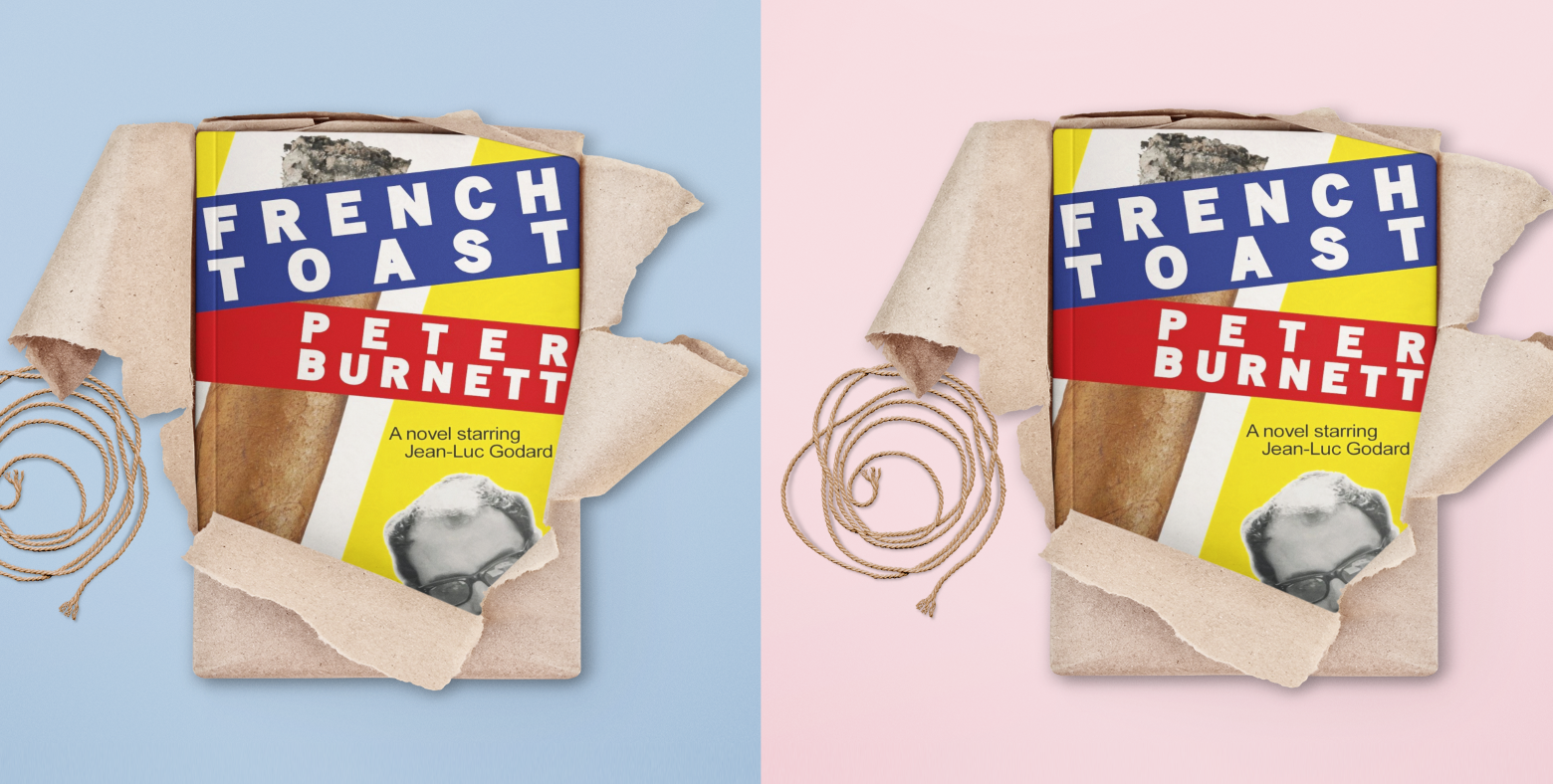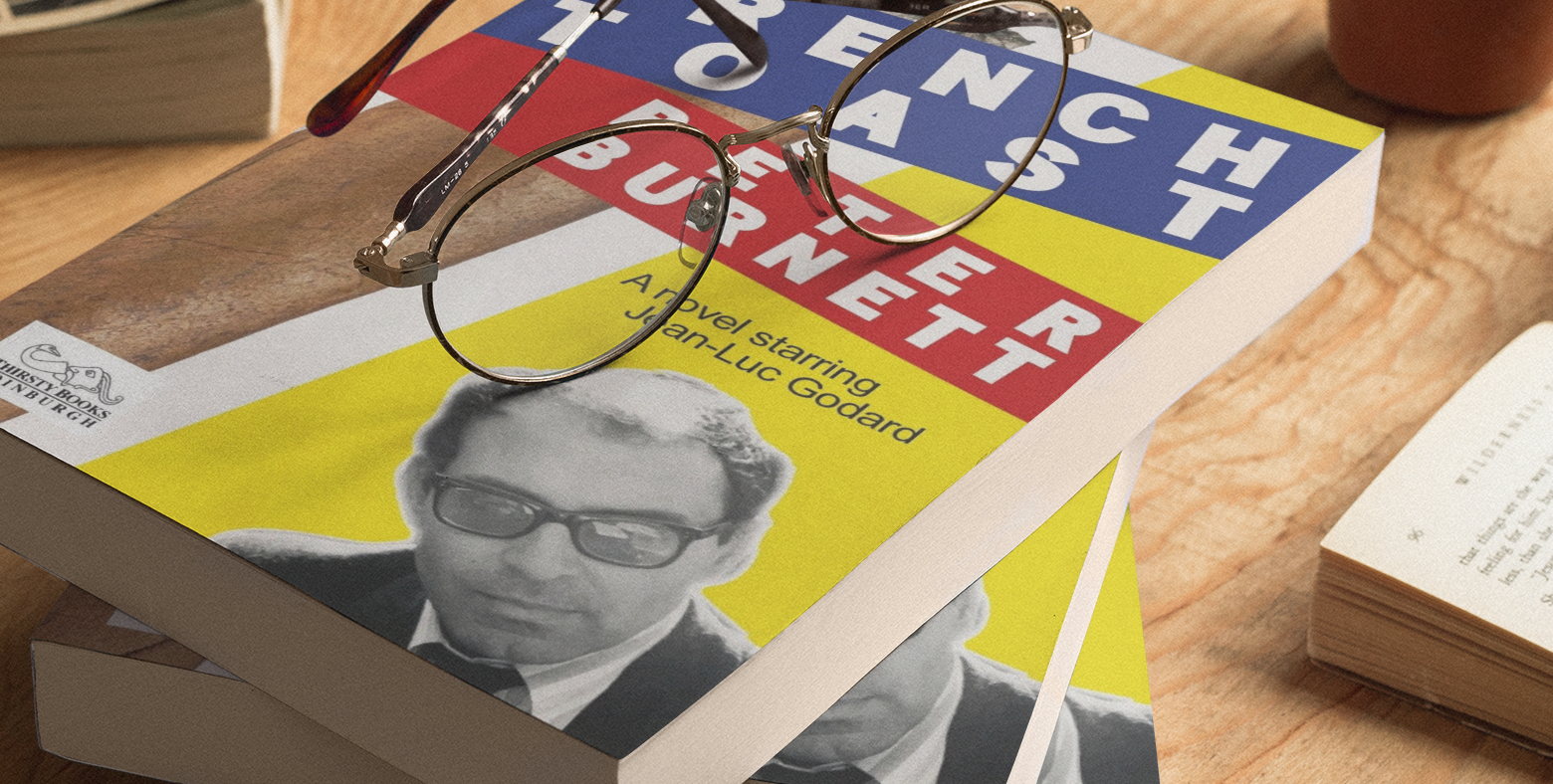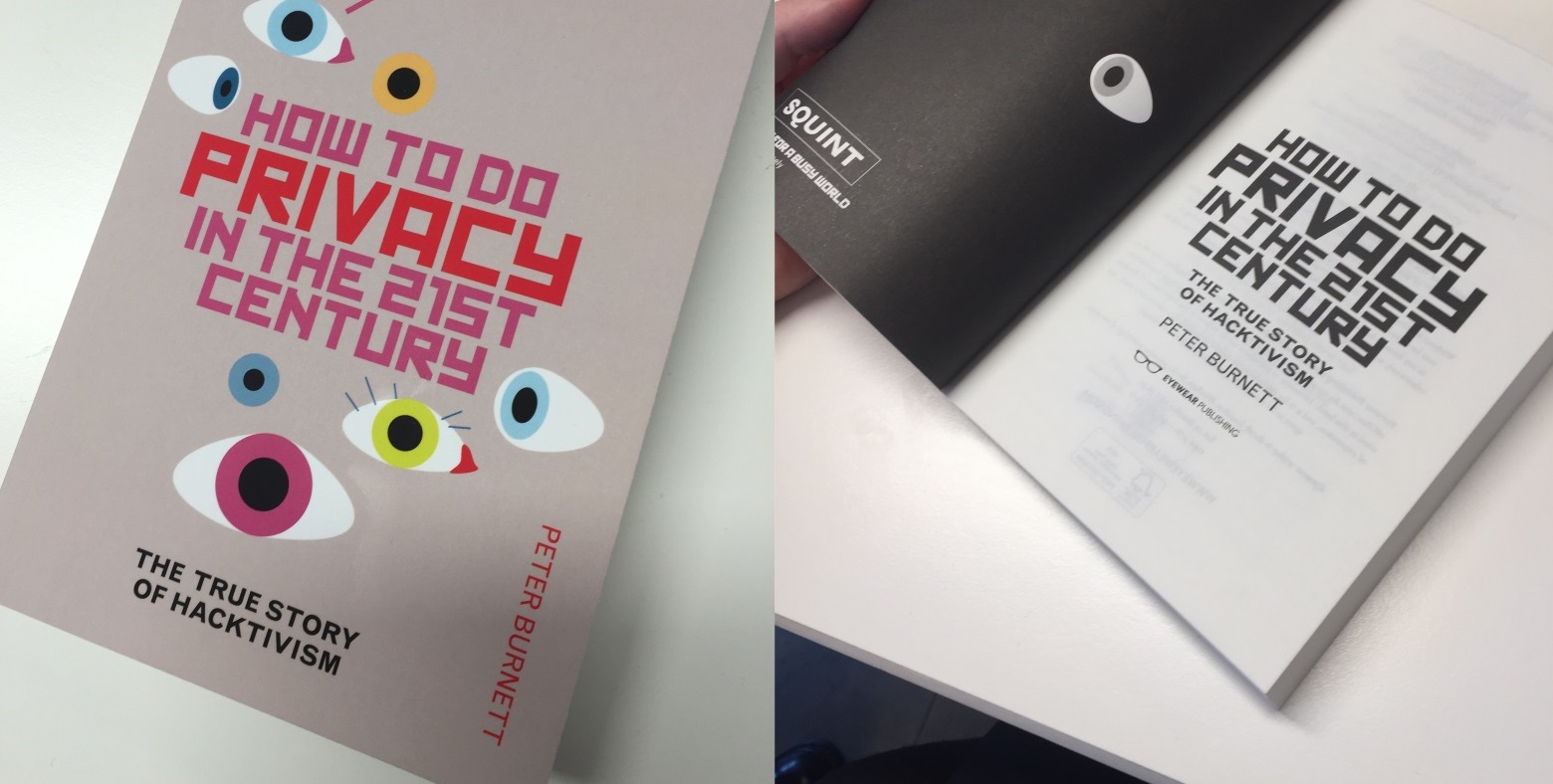PART TWO: The Nine of Diamonds remains the Curse of Scotland. The origin of this name is not certain but many explanations, some of which follow, are suggested. Lord Justice-Clerk Ormiston was called the Curse of Scotland and so the Nine of Diamonds (also commonly called the Curse of Scotland) was known to them as The Justice Clerk.
1. It sounds unlikely, but it’s said that the news of a severe defeat to the Scots was written on the back of this card. Some say that the Duke of Cumberland (‘Butcher’) gave the orders for no quarter at the battle of Culloden on the back of a nine of diamonds. Quotation cites the use of the name ‘The Curse of Scotland’ for the nine of diamonds early in the 18th century, and so the Culloden explanation can be discounted, at least as being the origin of the phrase.
2. Some oracle, wag or proto-historian, once worked out that every ninth king of Scotland was a tyrant and a curse to the country. As diamonds represent royalty, the connection naturally fell upon this card.
3. There is a game called Pope Joan, and in it the nine of diamonds is also called the Pope. Scotland being a religiously reformed country, therefore took this card to stands as Antichrist.
4. In another card game, ‘comette’, the nine of diamonds was the winning card. This game was introduced to Scotland by Mary, Queen of Scots, although where the curse comes in is harder to say — unless the game of ‘comette’ came to ruin many families.
5. It’s possible that the word curse is a corruption of the word cross, and the nine of diamonds is here said to resemble the cross of St Andrew. This would apply however, equally to the nine of hearts.
6. The nine of diamonds resembles the arms of the Earl of Stair — nine lozenges on a saltire azure. The Earl was disliked for the part he played in bringing about the Massacre of Glencoe (1692) and the Union of 1707. The Scottish Jacobites were heavily defeated at the Haughs of Cromdale on 1 May 1690, and James was defeated on 1 July 1690 at the Battle of the Boyne in Ireland, and the grief continued for several years. There was in those days a further definition of murder under Scots law called ‘murder under trust.’ This was considered to be even more heinous than ordinary murder and the Glencoe massacre was a clear example of this, and the results of the inquiry into it draws parallels with the Nuremberg Trials. Further, the orders which led to the massacre were signed by the King himself, who could not be seen to be responsible.
It’s the sixth explanation which stands strongest. Although the title Earl of Stair was created in 1703 for the lawyer and statesman John Dalrymple, (The Curse of Scotland) it’s funny how these unpopular figures keep resurfacing with new titles and positions. Dalrymple actively supported William III's claim to the throne and served as Secretary of State for Scotland, and had a long public life even after he was forced to resign after he authorised the massacre of 1692.
After which Union was obliged in 1707, war broke out for the last time on Scottish land, Jacobite defeat was finally completed, and the return road to political independence began...





